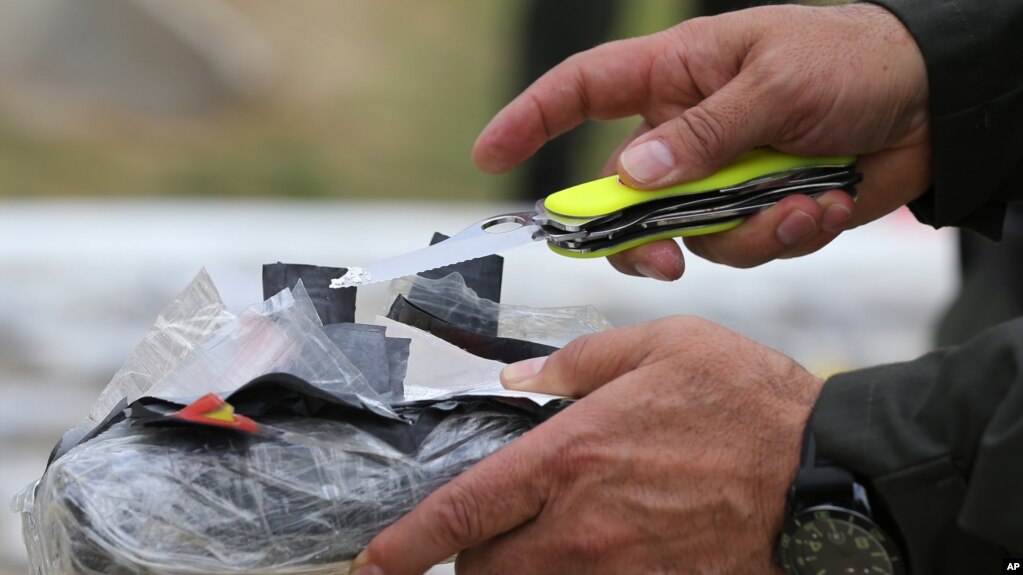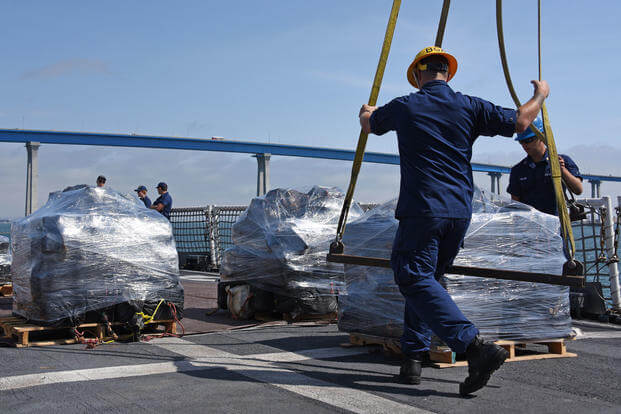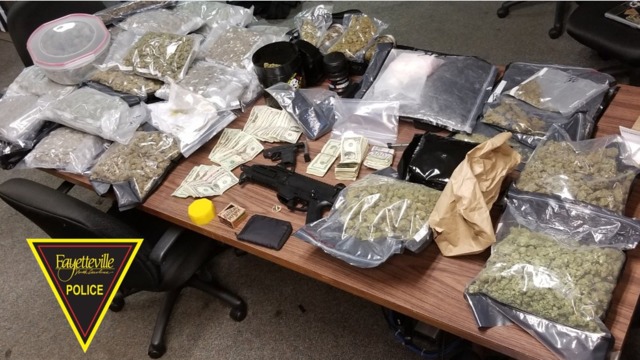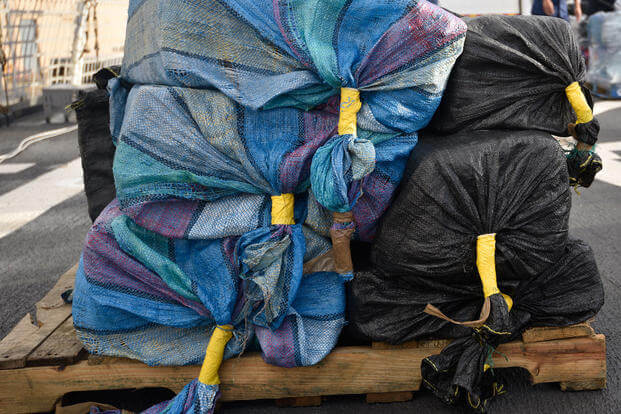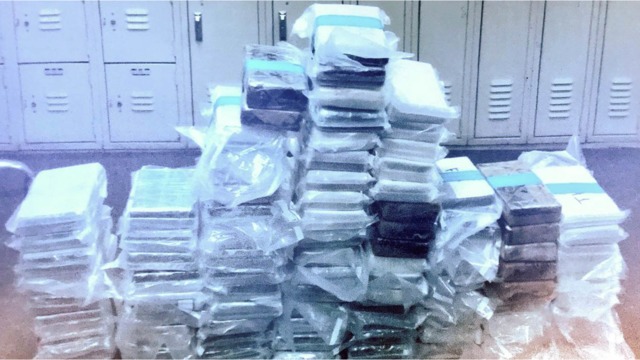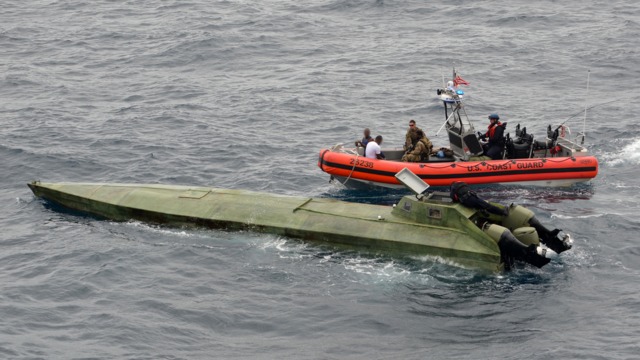Big El Paso drug bust...

1,638 Pounds of Pot, 37.5 Pounds of Cocaine Seized in 21 Busts Last Week, Just at El Paso
November 21, 2017 | - U.S. Customs and Border Protection officers working at the El Paso port of entry seized 88.6 pounds of marijuana last Thursday -- in just one car.

1,638 Pounds of Pot, 37.5 Pounds of Cocaine Seized in 21 Busts Last Week, Just at El Paso
November 21, 2017 | - U.S. Customs and Border Protection officers working at the El Paso port of entry seized 88.6 pounds of marijuana last Thursday -- in just one car.
That drug bust was one of 21 seizures made during the seven-day period ending at midnight on Nov. 16. In that single week in the El Paso area, officers seized a total of 1,638 pounds of marijuana in 16 drug busts -- and 37.5 pounds of cocaine in another five drug busts. The 88.6-pound marijuana seizure happened last Thursday night when a 2000 Nissan Sentra, driven by a 33-year-old Mexican citizen, entered the Ysleta international crossing from Mexico. A drug-sniffing dog alerted CBP officers to the presence of marijuana, and officers said they found 80 marijuana-filled bundles in the trunk and engine compartment.

Drug bundles in engine compartment.
The Mexican driver was turned over to Immigration and Customs Enforcement special agents to face charges stemming from the failed smuggling attempt. “The drug smuggling threat remains consistent, and dedicated CBP officers are focused on stopping this illicit flow while facilitating legitimate trade and travel,” said Beverly Good, CBP El Paso port director. CBP says on a typical day, it seizes 7,910 pounds of drugs at all U.S. ports of entry, based on Fiscal Year 2016 data.
In addition to drug smuggling, CBP officers also identified numerous violations in other areas, including agriculture enforcement. CBP agriculture specialists recorded 17 violations last week in the El Paso area, resulting in penalties of $3,475 being assessed. Prohibited agricultural items seized during the seven-day period included pork, pork chorizo, pork skins, bologna, raw chicken, guavas, potatoes, apples, kiwis, oranges, avocados, hawthorns, and pomegranates. Thirteen wanted criminals were arrested at El Paso area ports last week, in addition to other enforcement actions.
1,638 Pounds of Pot, 37.5 Pounds of Cocaine Seized in 21 Busts Last Week, Just at El Paso



